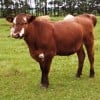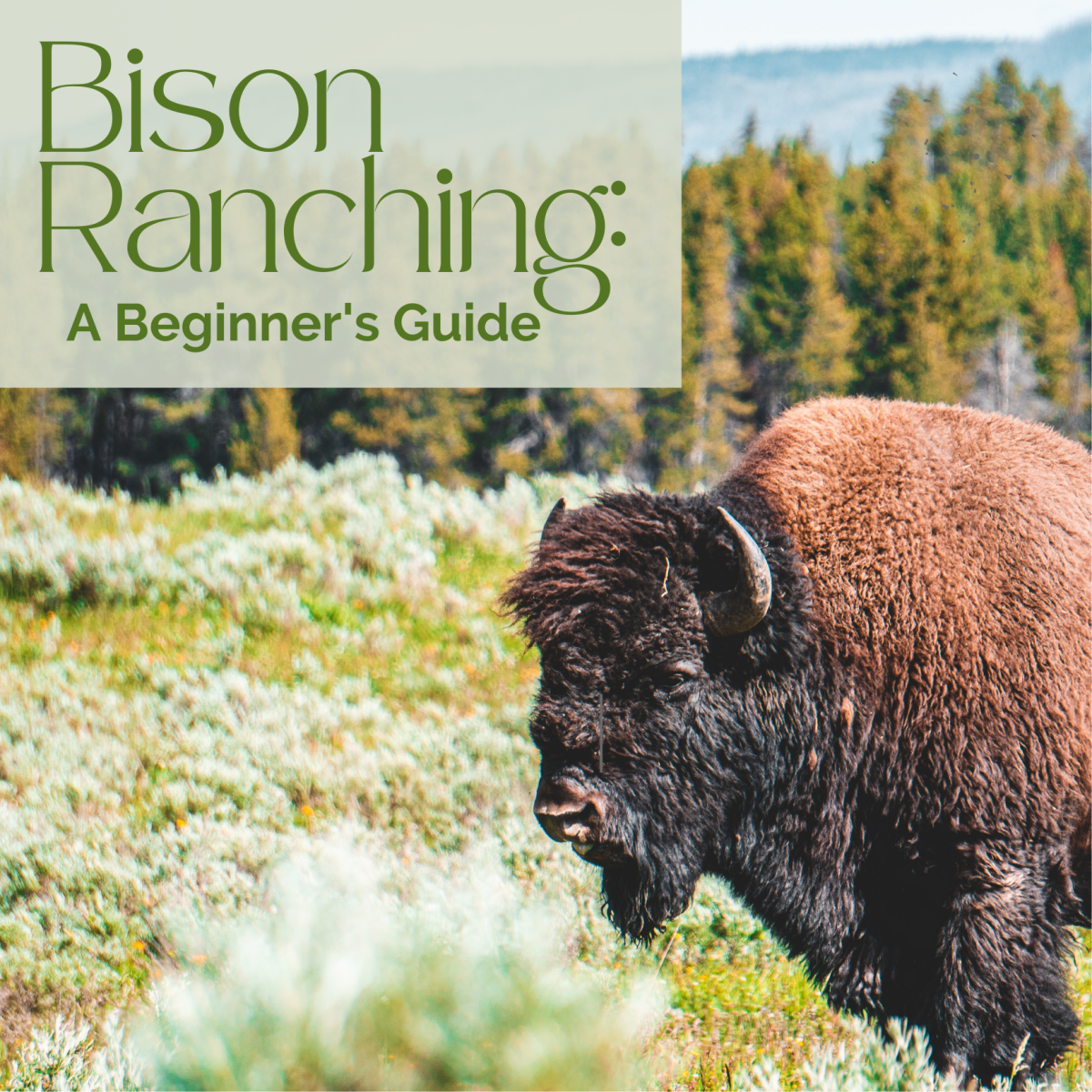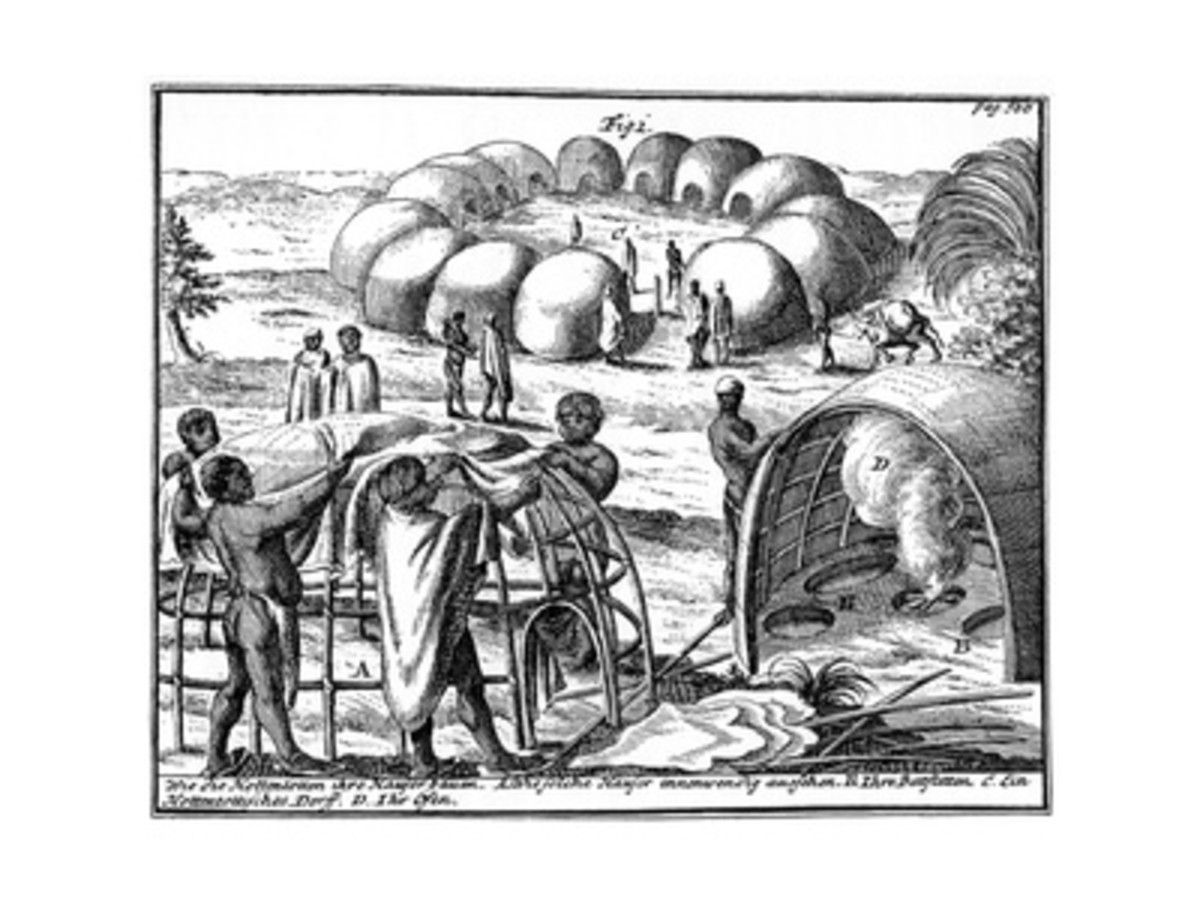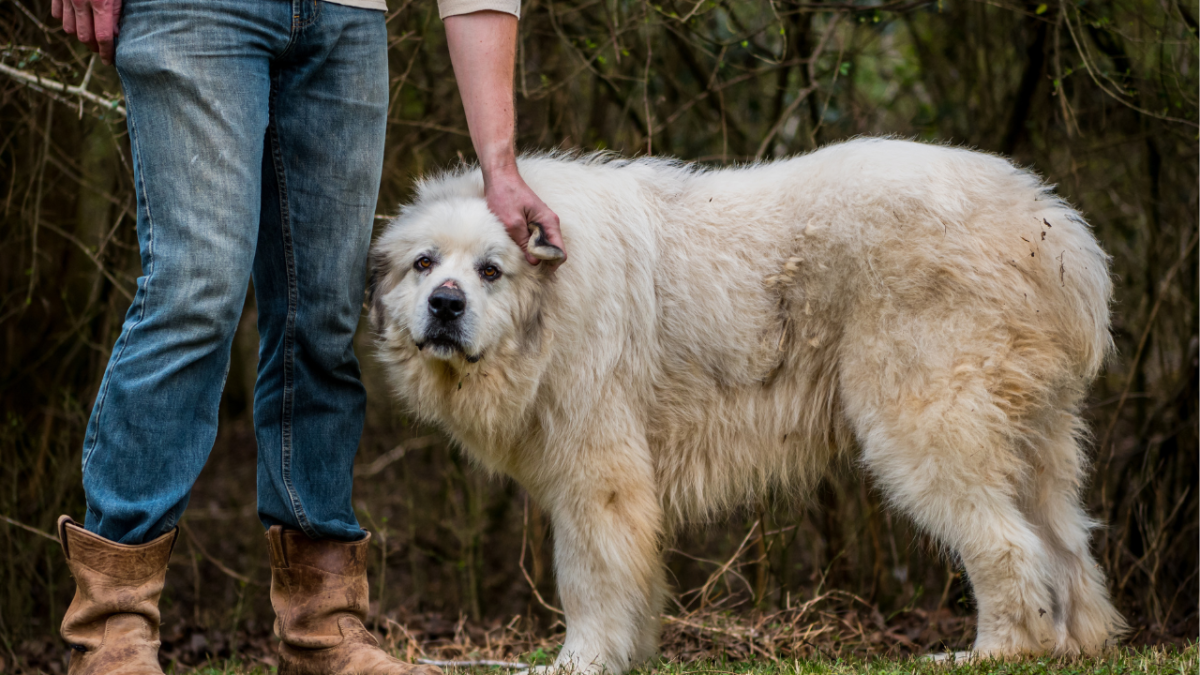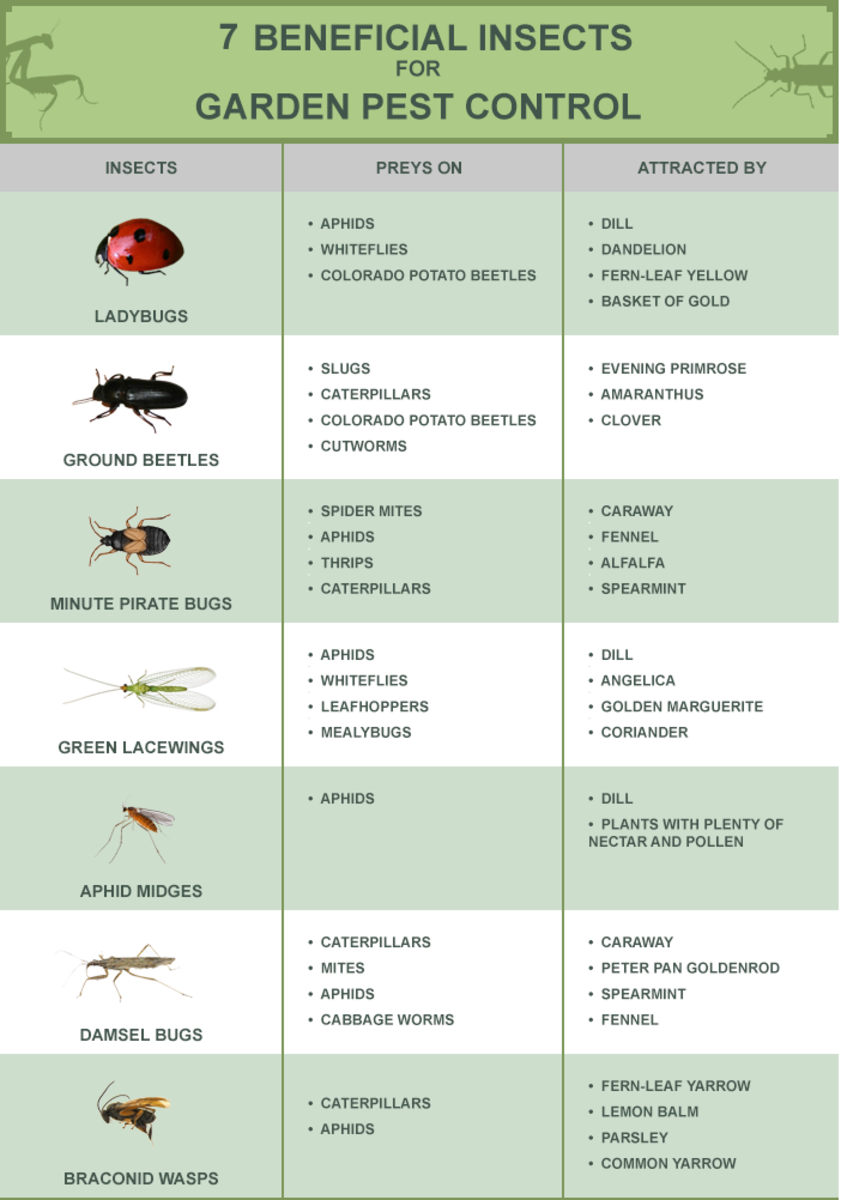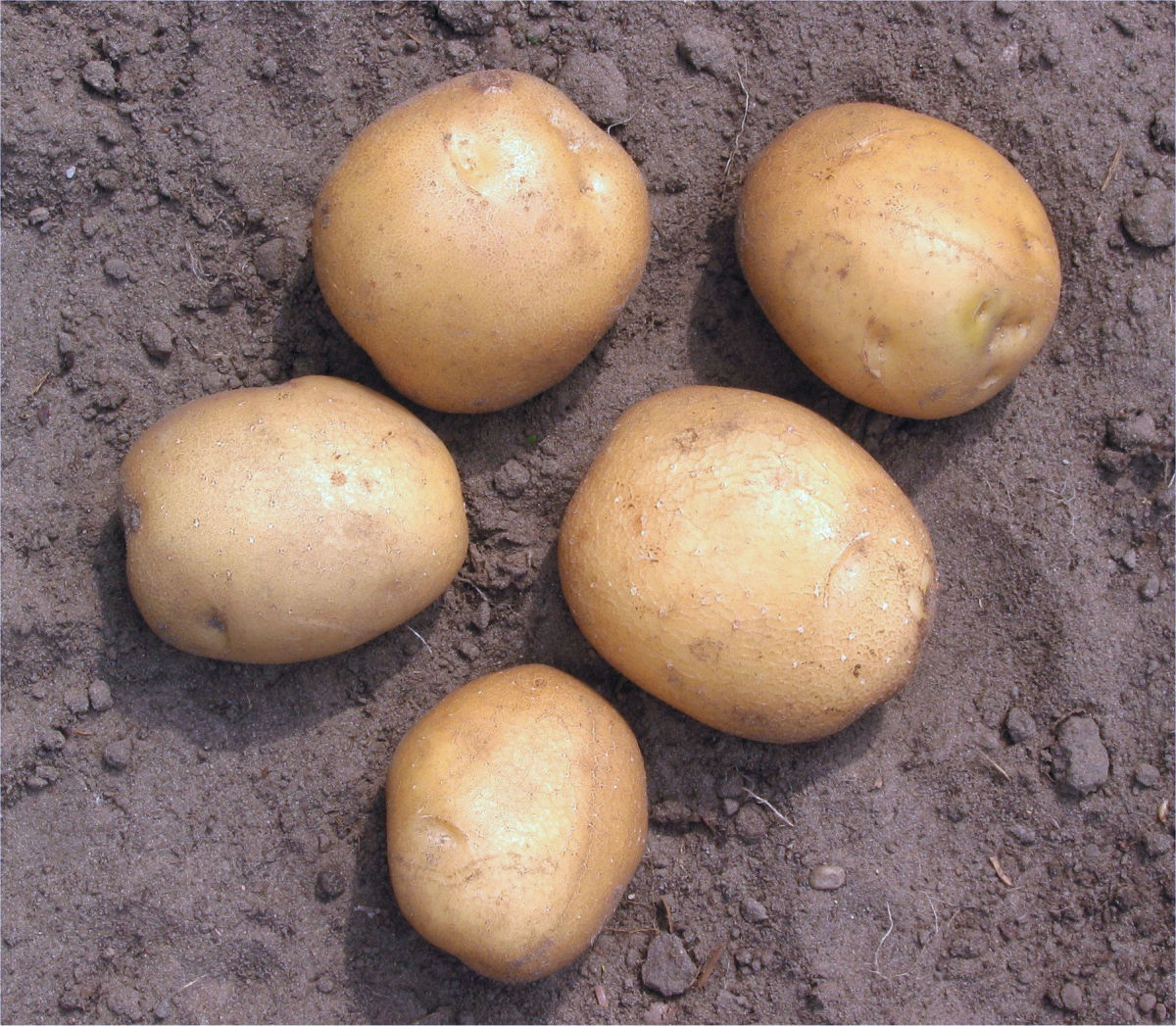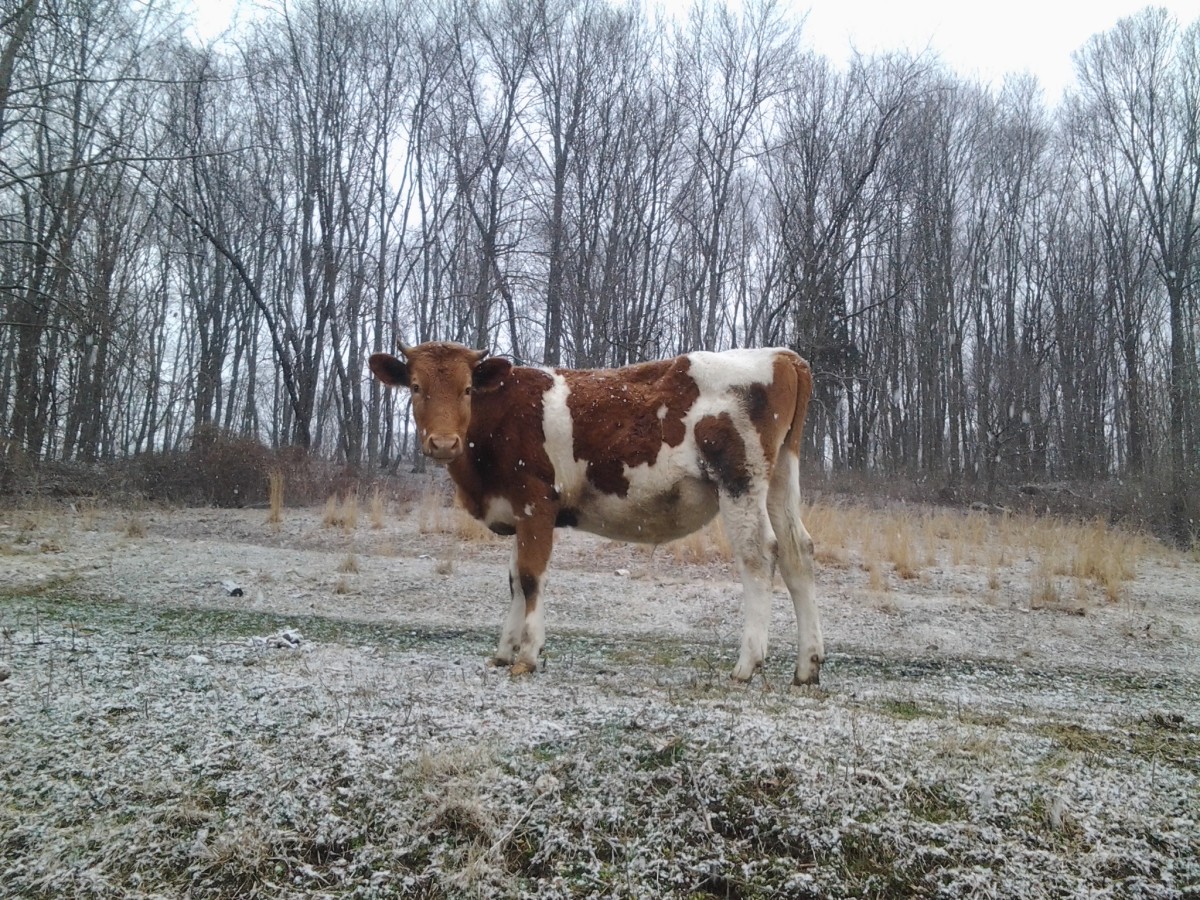Forage and Pasture Management Part II: Livestock and Grazing Management
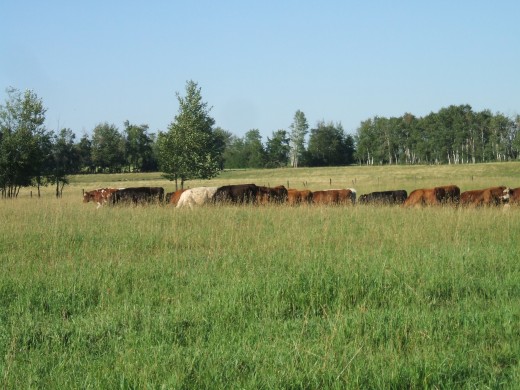
Good grazing management starts with how you stock your pastures, no matter what species of animals you have or what conditions your pastures are in. How you stock your pastures, however, coincides with what condition your pastures are in, in terms of amount of forage (lbs/acre), climate, topography, annual precipitation, forage quality, and growth rate or stage of life of your forage. These factors are the most important details that determine the health and stocking rate of your pasture and consequentially the health of your livestock. You may have a pasture that has excellent growth, but your area does not have the same amount of rainfall as more wetter areas further north or south or east or west have. You may have a pasture that is poor from being stricken with drought. Also, you may have a pasture with grass that is growing relatively quickly and needs to be grazed just as quickly; a dormant pasture with dead, brown grasses has to be stocked differently. All of these factors determine how to stock your pasture and for how long. Also remember to stock your pastures according to the dietary needs of your livestock, and what type of livestock you have.
The kind of animals you have determines how you should graze your pastures. Sheep and horses tend to graze plants very close to the ground (called overgrazing), and should be moved quickly enough to prevent this from occurring. Goats love to eat weeds, shrubs, and twigs and leaves off of trees, and are best grazed with grazers like sheep or cattle to help keep any noxious weeds in check. Goats are also great if you wish to naturally clear brush without using any form of herbicides or machinery. Pigs don't eat much grass, as they prefer to root for tubers, roots, worms, insects, and other earth-dwelling animals. If you wish to keep your pasture intact, grazing pigs may be a bad idea for you. However planting tuberous plants like turnip, carrots, or parsnip may be beneficial for your pigs, and keeps them happy digging around in the soil for tubers and worms. Cattle are the most common animals used for grazing, and are the most easiest animal to manage on pasture. However they also have their draw-backs, such as being more lazy about grazing close to their water source than moving further out for good feed, only moving when humans decide they should, and tend to be picky eaters, choosing the more succulent grasses and legumes over the more coarser material. I would like to cover more about stocking cattle in this hub, though I will try to include other species as well. Bison and elk are also common grazers (though not as common as cattle) and are more efficient about what they graze and where than most livestock. Bison, when given a large 100 acre pasture or range, move to different grazing areas on their own without having to be herded from one area to the next by humans. Elk behave in the same manner. Deer are more browsers like goats than grazers, but are also efficient at converting feedstuffs and pasture movement. However, all of these animals are much more timid, nervous and wilder than most domestic livestock, and should be handled with care. They are not meant to be used in intensive grazing practices like cattle, goats and sheep are because of their much stronger fight or flight instincts.
Some Definitions to Use When Determining How to Stock your Pastures:
Stocking Rate: The relationship between the number of animals and the grazing management unit utilized over a specified time period. May be expressed as animal units per unit of land for a specified period of time.
Stocking Density: The relationship between number of animals and the specific unit of land being grazed at any one period in time. May be expressed in animal units per unit of land area.
Carrying Capacity: The average number of livestock and/or wildlife animals that may be sustained on a management unit compatible with management objectives for the uni. In addition to site characteristics, it is a function of management goals and management intensity.
Animal Unit (AU): Considered to be one mature cow of about 1,000 lbs (450 kg), either dry or with calf, up to 6 months of age, or their equivalent, consuming about 20 lbs (9 kg) of forage on an oven dry basis per day, 600 lbs per month, and 7,300 lbs per year.
Animal Unit Month (AUM): The amount of oven-dry forage (forage demand) required by one animal unit for a standardized period of 30 animal-unit days (6,000 lbs of dry matter).
More Tips to be Covered Later:
- Forage availability changes as the grazing season progresses
- Match your animals to forage quality (i.e. lactating cows should be grazing on lush, vegetative pasture)
- Match your grazing management according to production goals: maximum pasture performance or maximum animal performance?
- Always supply mineral blocks
- Always have a water source
- Place mineral blocks, oilers, rubs, where cattle may undergraze an area of your pasture
- Inadequate management is a bigger problem is a bigger enemy than fire, grasshoppers and rodents.
- Pasture management = Forage management + Livestock Management + Grazing Management
- You cannot make a change in one area of management without inducing change in other areas of management.
- Research, research, research, and ask if you need help!
- 1 AU = 1000 lb cow. This can be changed if you have smaller or larger sized animals by taking their average weight and dividing by 1000. For instance, a 2000 lb bull has an AU of 2. A 1500 lb horse has 1.5 AUs. A 200 lb ewe is 0.2 AU. And so on.
- Calculation of Total Usable Forage: Forage production (kg/ha) x percent allowable use x area (ha) = total forage (kg) available for grazing
- Calculation of Forage Demand: Weight of cows x daily dry-matter intake (2% body weight) x number of days on pasture will be grazed (365) = forage demand per cow per year.
- Stocking rate is calculated thus: (Total usable forage) / (forage/cow/year) = number of cows pasture will carry
- Do not overstock, as this will contribute to overgrazing
- Do not understock, as this will contribute to overgrazing of desirable forages and undergrazing of less desirable forages.
- Manipulate your grazing animals to graze your pastures as uniformly as possible.
- Avoid grazing an area at the same time of year, year after year, as this will lower pasture production.
- Use a deferred grazing system for native pastures; often works for tame pastures as well.
- Most pastures should be grazed to a height of 2 to 4 inches.
- Use the 30-day rule when leaving pastures to rest.
- Winter grazing may not work for everyone, but can work if you want it to.
- Swath grazing should only be used for dry pregnant cows
- Use temporary electric fencing when swath, bale or stockpile grazing for uniformity
- Use pastures for stockpile grazing that have not been grazed in the last spring/ summer grazing season
- Stockpile grazing best for when there is little snow available in the fall or early spring
- Bale grazing best for winters with deeper snow
- Cows can eat snow, but it is best to supply water source in case of emergency
- Winters are always unpreditable, so be prepared for the worst.
- You can never have too much hay: if the snows get too deep for either swath, stockpile or bale grazing, you may have to drylot your animals until you have ample grazing left for them to do.
- Never say can't!
